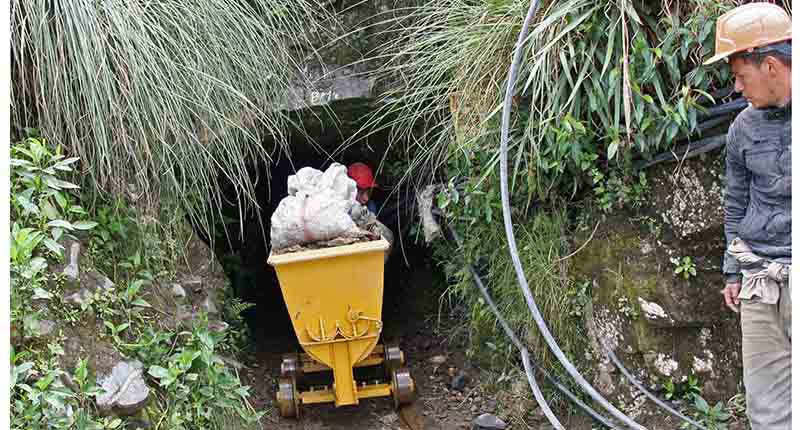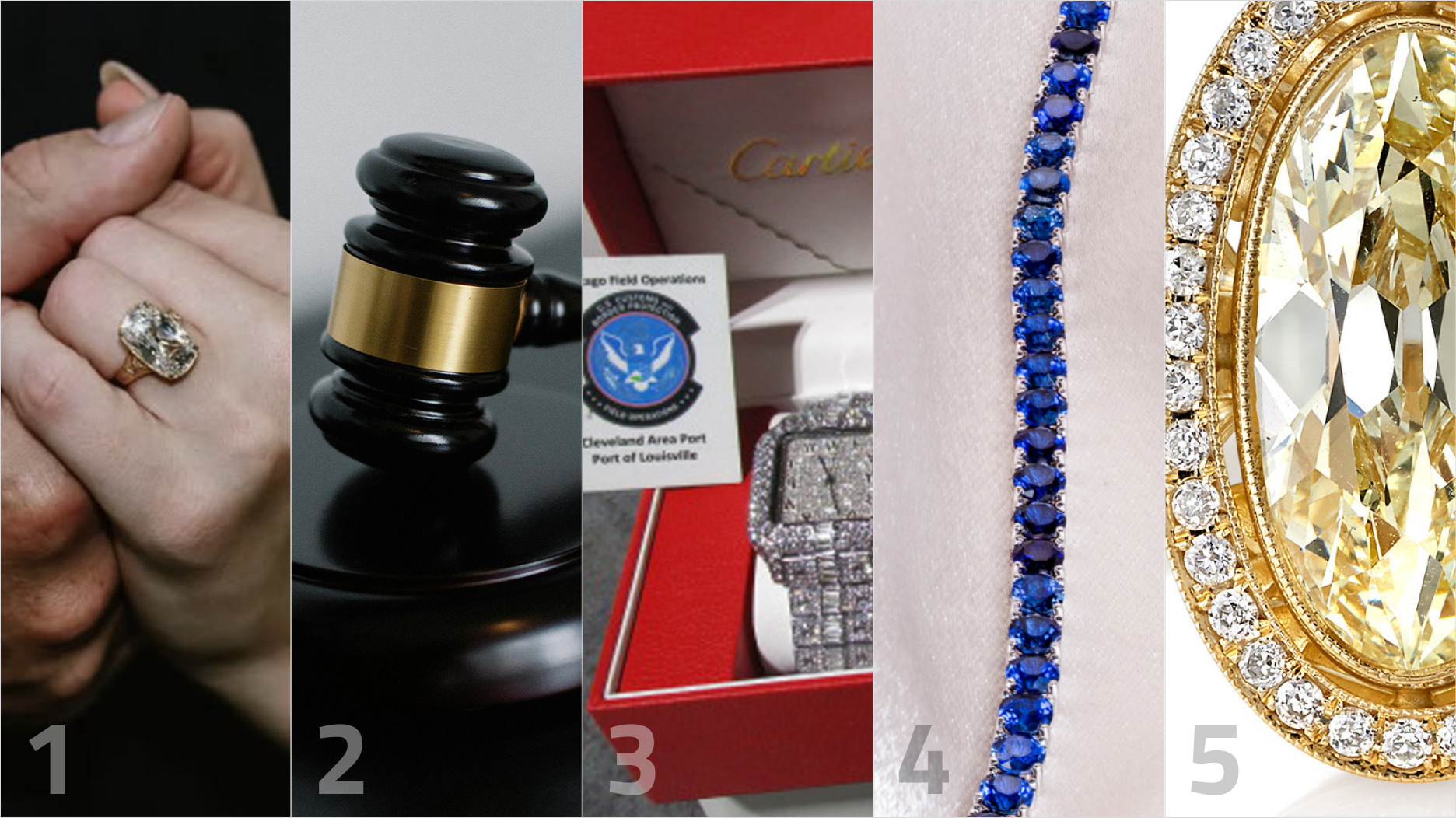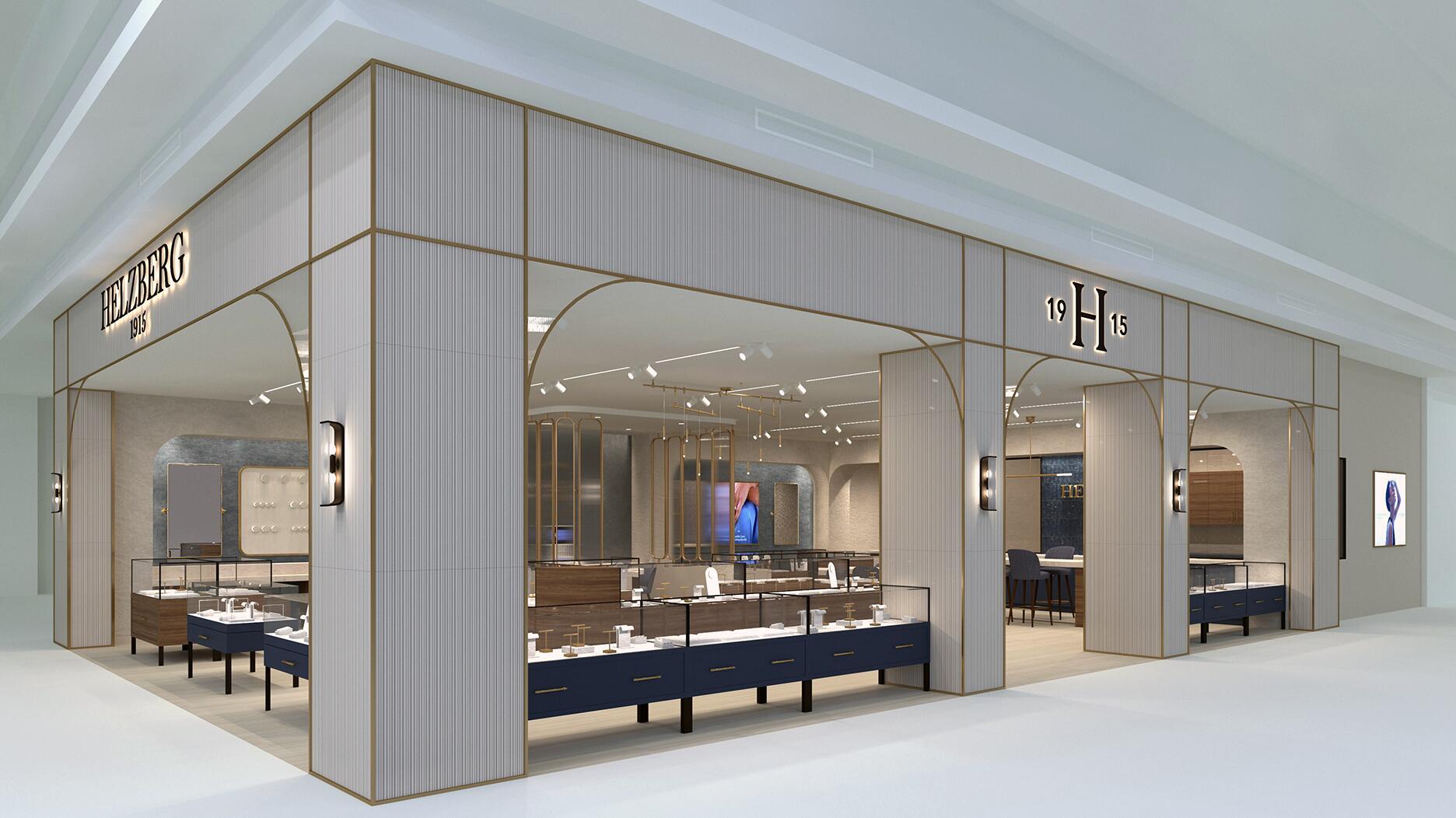As part of the leadership transition, Sherry Smith will take on the role of vice president of coaching strategy and development.
What Is the Mercury-Free Mining Challenge?
It is a challenge being issued by designer Toby Pomeroy that would help to improve the lives of artisanal gold miners worldwide.

There’s a goldsmith in Oregon who has an idea.
Toby Pomeroy wants to find a safe, effective and scalable alternative to mercury in mining.
And he wants to do so by offering a cash prize to whoever comes up with it, in much the same way people were incentivized to find a faster way to clean up oil spills or build a craft to send non-astronauts into space.
The Mercury-Free Mining Challenge is an appeal to scientists and engineers that, Pomeroy hopes, will improve the lives of artisanal gold miners worldwide.
Artisanal miners produce 20 percent of the world’s annual gold supply. Almost all of them use mercury to separate the gold they find from other materials, then burn off the element by heating it, sending toxic particles into the air.
Recently, I talked with Pomeroy over the phone about how he got the idea for his challenge and whether he thinks it’s something the industry can come together to accomplish.
To start, I asked him about his position as a “responsible sourcing” pioneer, if you will.
The Oregon-based jewelry designer was the first one to buy recycled metals from Hoover & Strong and, basically, changed the refiner’s entire business model. After selling recycled metals to Pomeroy in the early aughts, Hoover & Strong went certified 100 percent recycled.
Read on to learn more about Pomeroy and his mercury-free mining ambitions.
This interview has been edited for length and clarity.
National Jeweler: When I heard, Toby, about you and the Mercury-Free Mining Challenge, the first thing that came to mind was that you were doing “responsible sourcing” years ago, before it became this buzzword.
Toby Pomeroy: I think it was 2005, maybe, or ‘04, when I read that website No Dirty Gold, and it was like, “Oh man, I can’t make jewelry anymore.” I just can’t do it because I can’t be associated with this kind of destruction and irresponsibility to the environment and the people. So I basically pulled [back] and didn’t know where to go.
But I had an inspiration one morning while fly fishing ... “Why the heck don’t I just go to Hoover & Strong and ask them to keep their scrap and recycle their scrap only for us?” No newly mined gold; instead: purify it, refine it, and we’ll sell it as “eco-gold.”
Recycled was great. That was wonderful to introduce and give our
I wanted to find a source of gold that was mined responsibly, and that was something that we could shine a light on and say, “This is how it’s done.”
And I wanted to start to promote that in a way that the entire industry saw that possibility, and the mining industry would start to shift from the public’s awareness because it was clear to us, absolutely clear, that the public is willing to pay for responsible sourcing and to have that story that they could tell. They could know the provenance and share it with friends and family; that is good stuff.
NJ: So, you were using a recycled gold and became aware the public was willing to pay for responsible sourcing.
Next you wanted to find, you said, a source of gold that was responsible. And you found that; you worked with a number of companies along the way in places including Colombia and Canada. And now you use recycled metals from Hoover & Strong and buy Fairmined gold through them as well.
TP: Yes.
NJ: So now explain to our readers: What exactly is the Mercury-Free Mining Challenge? I know you talked about this recently on your episode of “Inside the Jewelry Trade,” the podcast hosted by Rod Worley.
TP: Yes, yes. So, it’s the realization that what’s getting done, the breakthroughs that are being accomplished by challenges that are incentivized by prizes, has been huge.
I first became aware of it through the Ansari X Prize, a $10 million prize awarded to the first team of people who could get an aircraft into low Earth orbit, basically into space, carrying three people twice in two weeks.
It was won by Burt Rutan and his team, and the technology was immediately licensed by Richard Branson. Now he’s got Virgin Galactic.
There was also the Wendy Schmidt Oil Cleanup X Challenge. When the (2010 Deepwater Horizon) Gulf spill happened, the technology available for cleanup was the same as it had been, I don’t know, 20 years earlier with the Exxon Valdez. Nobody had improved a thing. So they put up a million-dollar prize. And the winners, I think their method was maybe three times more efficient than had ever been seen before.
People love challenges, and they’ll spend more money in the challenge than they’ll win for bragging rights, for IP. It really calls upon people’s creativity, their inspiration, their engagement, their funds to solve a problem.
I was listening to a podcast of Peter Diamandis one day; Peter Diamandis is the executive chairman of the X Prize Foundation. He asked this question: If you could come up with a purpose for your life that would impact a billion people in the next 10 years, what would that purpose be? And I almost instantly realized that I’d given up on ever making a difference with mercury in the world.
But I realized: “Wait a second. We could incentivize a challenge, incentivize the discovery of a breakthrough solution that would be safe and affordable, and highly effective.” Subsistence gold miners are losing 1,400 tons of mercury into the environment, every year. They’re poisoning themselves and the rest of us.
And so I started the whole thing, but mostly focusing on the jewelry industry with it. I’ve been talking to the RJC. I’ve been talking to the World Gold Council, Jewelers of America, Jewelers Board of Trade.
Everybody likes it but nobody’s … stepped forward with it yet.

NJ: Basically, you’re looking for somebody to step forward and say, “OK, we’re putting out a million dollars.”
TP: Or maybe 10 companies; the leadership of major players in the world could say, “Yeah, we’ve got $100,000 of ours. We’ll put that in escrow and we know it’s only going to be paid if all the parameters of this challenge are met.” And ultimately, if the miners themselves choose it and use it over mercury—that’s really the final word. They have to prefer it.
So yeah, that’s what we’re looking for. We’ve got the most amazing opportunity the industry has ever seen or will ever see. We’ve never had a better story to tell.
NJ: What do you mean by that?
TP: Consumers today are purpose-driven. They want to know what we stand for. Simon Sinek said, “People don’t buy what you do. They buy why you do it.”
People want to know what you’re up to, and they want it to resonate. They want your values to match their values. We are in a shifting paradigm of people caring about, as you said, inclusion and responsibility.
And we are doing nothing. We’re doing little things. We’re taking little potshots at it.
The jewelry industry will come together, and we’ll fund this thing. We’ll help fund the operations of it, and together we can say, “We solved this” or “We made a massive impact on it.”
NJ: I think it’s interesting to hear you say the jewelry industry will come together because I feel like one of our struggles is getting everyone on the same page. Even when everyone agrees on an issue and it seems like we’re making progress toward a solution, something happens and it all falls apart. Sometimes I feel like the industry can’t get out of its own way.
TP: I think so too, and we’ve got a history of being competitive.
As long as we’re going to fight for territory, we are all losing. But if we were willing to come together for this, if we’re willing to say, “This is a universal problem,” and show our strong side, our willingness to engage and be inclusive … this [could be] the best story ever because it resonates.
People [in this industry] do care, but I would say that what we’re missing is something that we can align behind and stand for a future that is inspiring, an inclusive future where artisanal miners are healthy, known and celebrated. We’ve ridden on their backs for centuries, and many established organizations wouldn’t mind if that continues.
I think the biggest opportunity we have is to start to celebrate, acknowledge, recognize and include the people who allow us to do what we do, and customers will delight in that. They will come running back to the jewelry industry when we take a stand that we’re committed, that life works for everybody in our supply chain, and that the environment is clean.
We’re finding a lot of small dealers are participating with us in the Mercury-Free Mining Challenge. They’re helping to fund it. They are sharing about it. My social media is weak, and I need to get some power there, but people get it and they want to have this story.
But I think the whole industry could come together with this good story, and it would turn things on a dime for people wanting to shop jewelry again.
NJ: Is there anything else about the Mercury-Free Mining Challenge that you want to add?
TP: The jewelry industry has an exquisite opportunity to come together and commit to the discovery of a breakthrough alternative, so artisanal and small-scale gold miners can mine safely and effectively without mercury. We can solve the global problem of four tons of toxic mercury being released every day by the communities who dig the gold that ends up in our jewelry.
Let’s support the well-being of our miners and the planet. Let’s create a new story, one we’re proud to tell and completely inspired by.
To learn more about Pomeroy and the Mercury-Free Mining Challenge, visit MercuryFreeMining.org.
The Latest

It marks the third time the country has headed the Kimberley Process. Ghana will serve as vice chair.

The new Bulova x Stetson designs highlight two animals often associated with the American West—the bison and the Texas Longhorn.

How Jewelers of America’s 20 Under 40 are leading to ensure a brighter future for the jewelry industry.

Its residency at Yamron Jewelers will run through May 2026.


From influential executives to innovative designers, we pay tribute to the people we said goodbye to this year.

The retailer is expanding into areas with large Indian and South Asian populations.

Roseco’s 704-page catalog showcases new lab-grown diamonds, findings, tools & more—available in print or interactive digital editions.

The Italian brand has opened its first flagship amid the peaks of the Dolomites in Madonna di Campiglio, Italy.

The new curation at the Natural History Museum of Los Angeles County showcases rare gem and mineral specimens in their uncut, natural state.

The couple pleaded guilty to concealing at least $127 million in cash transactions at its precious metals businesses.

Consumers shared concerns about prices, inflation, tariffs, trade, and politics in the survey’s write-in response section.

In February 2026, the auction house will move its headquarters to the former Steinway Hall, a neoclassical landmark on Billionaires’ Row.

The new show will take place Jan. 23-25, 2026.

The former BHP Billiton leader and Gemfields chairman is remembered for his influential leadership throughout his 50-year mining career.

The LVMH-owned brand has partnered with the costume design union to revamp its award for 2026.

The luxury titan inked a deal to acquire an initial minority stake in the jewelry manufacturer with a pathway to full ownership by 2032.

The company’s curation of unsigned vintage and estate jewelry debuted at the Bloomingdale’s in Costa Mesa, California.

In the recent multi-shipment seizure, CBP also found counterfeit Audemars Piguet, Moncler, and Chrome Hearts items.

Jewelers of America execs and National Jeweler editors discuss tariffs, the sky-high gold price, and the engagement that broke the internet.

The luxury goods company said founder Ippolita Rostagno will remain at the brand’s helm.

Laura Burdese, who joined the Italian luxury brand in 2022, will take on the role in July.

The National Jeweler editors revisit the most noteworthy industry happenings and design trends from 2025.

Need a gift for the cat lover who has everything? Look no further than our latest Piece of the Week.

It purchased the “Grosse Pièce,” an ultra-complicated Audemars Piguet pocket watch from the ‘20s, for a record-breaking price at Sotheby’s.

The lab-grown diamond grower now offers custom engagement and fashion jewelry through its Kira Custom Lab Jewelry service.

Chandler got his start at Michelson Jewelers and has served as DCA president and CEO since 2001. He will retire at the end of the month.


























